Has taken over 100 trips with self-driving cars
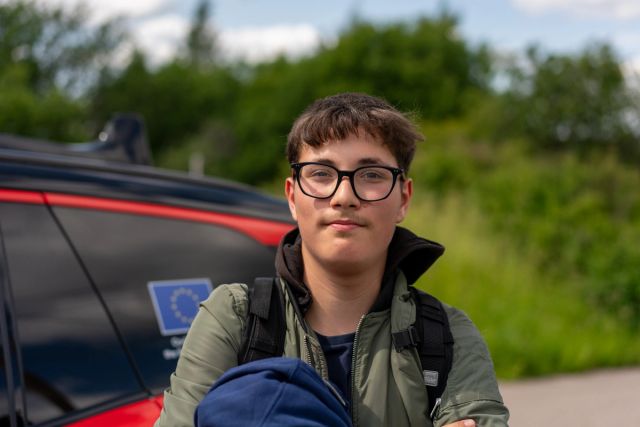
In many parts of Oslo, it can be quite a distance from door to destination, especially when the journey requires multiple transfers and careful planning. But what if you could travel directly on demand, without having to conform to a timetable?
In a pilot project, Ruter is now testing autonomous transport in Groruddalen. You book the trip in a dedicated app, and get picked up close to where you are – along with others who are going the same way. The goal is to make everyday travel easier, more flexible, and more sustainable.
Daniel (16) from Ammerud has used the service frequently. It has been moren than hundred trips so far, and he feels safe every single time.
– I was a bit nervous the first time, it was something completely new. But it didn't take long before I trusted the car and realized that everything was working as it should. Now I don't even think about the fact that the car is driving itself. It feels completely normal, he says.
Faster forward, fewer exchanges
Daniel uses the service to go to the gym, to visit friends, and to explore new areas of Groruddalen.
– I don't have to take the bus and transfer multiple times. It saves time, and I get to see new places in the area. It has made my daily life much easier.
Trips are booked in the app "Selvkjørende", where you select the starting and ending points, and are assigned a virtual stop, a defined boarding point, which you must meet at, close to where you are. The car may pick up additional passengers along the way, but the travel time remains consistent nonetheless.
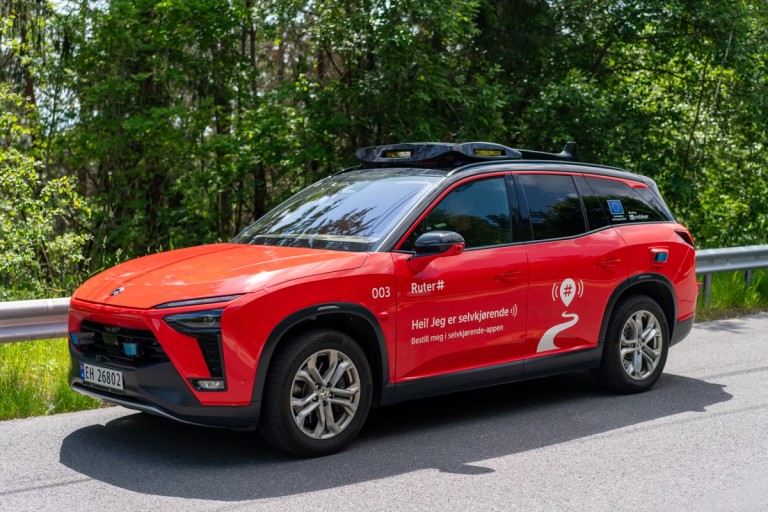
– It's fun to watch the screen and see how the technology works. I like to see how the car detects pedestrians, cars, and bicycles – and how it handles the traffic. And then I get to give feedback, so it feels like I'm helping to test and shape how the service can evolve in the future, says Daniel enthusiastically.
From Romsås to Furuset – in under ten minutes
For Ukeje, who lives in Romsås, the self-driving cars have become a regular part of daily life. He primarily uses them for commuting to and from work – a journey that previously took about 30 minutes by public transport now takes less than ten. – It makes a big difference in my daily life, he says.
Ukeje first discovered the offer through a news story, and quickly became curious. The fact that it was rolled out in his own neighborhood made the threshold low to try it out. Since then, he has used it regularly. As a sustainability student, he evaluates the service from both an environmental and societal perspective.
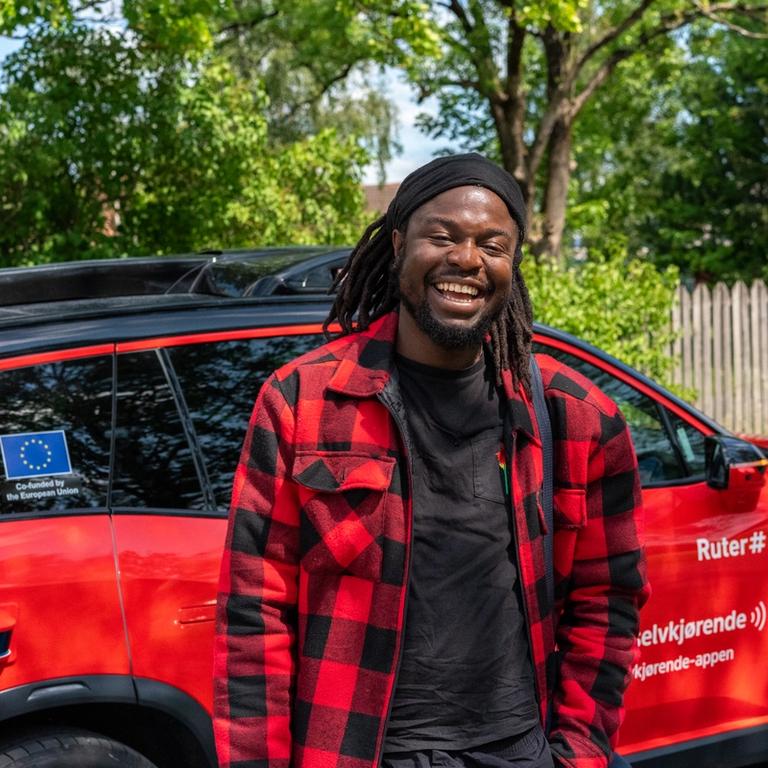
– These are electric cars with low emissions, and they fit perfectly into my daily life. When I can choose something that is both practical and sustainable, I'm happy to do so. In five to ten years, I think self-driving cars will be completely normal, also here in Europe. In the USA, they have been working on this for a long time. It's just a matter of time.
He hopes that in the long run, the offer can be expanded – with group pricing and night driving.
– It would have made it even more relevant for those of us who live a bit outside the center. I believe a lot of people would use it then.
A technological boost for everyday travel
Ruter has been working on autonomous transport since 2018. The project in Groruddalen is part of a larger initiative on the mobility of the future – where the public transport offering will become more flexible, sustainable, and accessible.
Lars Gunnar Lundestad at Ruter has been involved since the first cars hit the road.
– We are testing new technology, new business models, and ways of traveling, but the most important thing is to develop solutions that work well for people in their daily lives. We want to offer something that can compete with the private car, he says.
Today, electric passenger cars are in use. Further in the development, there are plans for larger and more flexible vehicles, with solutions that can better meet various user needs – including improved accessibility for travelers with reduced mobility.
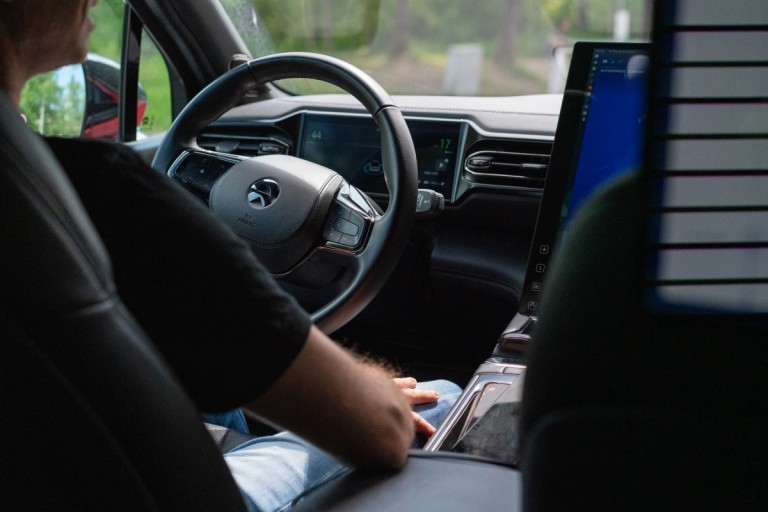
To ensure safety, there is always an operator in the car who monitors the trip and can intervene if necessary.
– We are working step by step to develop a safe and robust service. It's not just about technology, but about understanding how people will actually use it. That's why the feedback we are receiving now is absolutely crucial, he says.
Would you like to try it yourself?
Ruter's autonomous cars are now operating in a defined area in Groruddalen and Lørenskog – including between Romsås, Furuset, Ellingsrud, Ammerudgrenda, and Lørenskog station.
You download the 'Self-driving' app, create a profile and book a trip whenever it suits you. The car picks you up at a virtual stop nearby and takes you to your destination – along with others who have booked in the same direction.
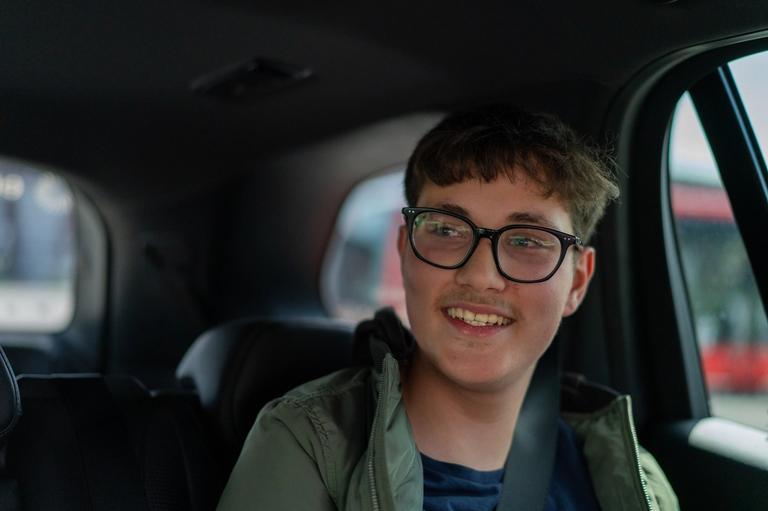
– I've taken over a hundred trips now, and I can safely say that it works. Everyone should check it out, says Daniel with a smile.